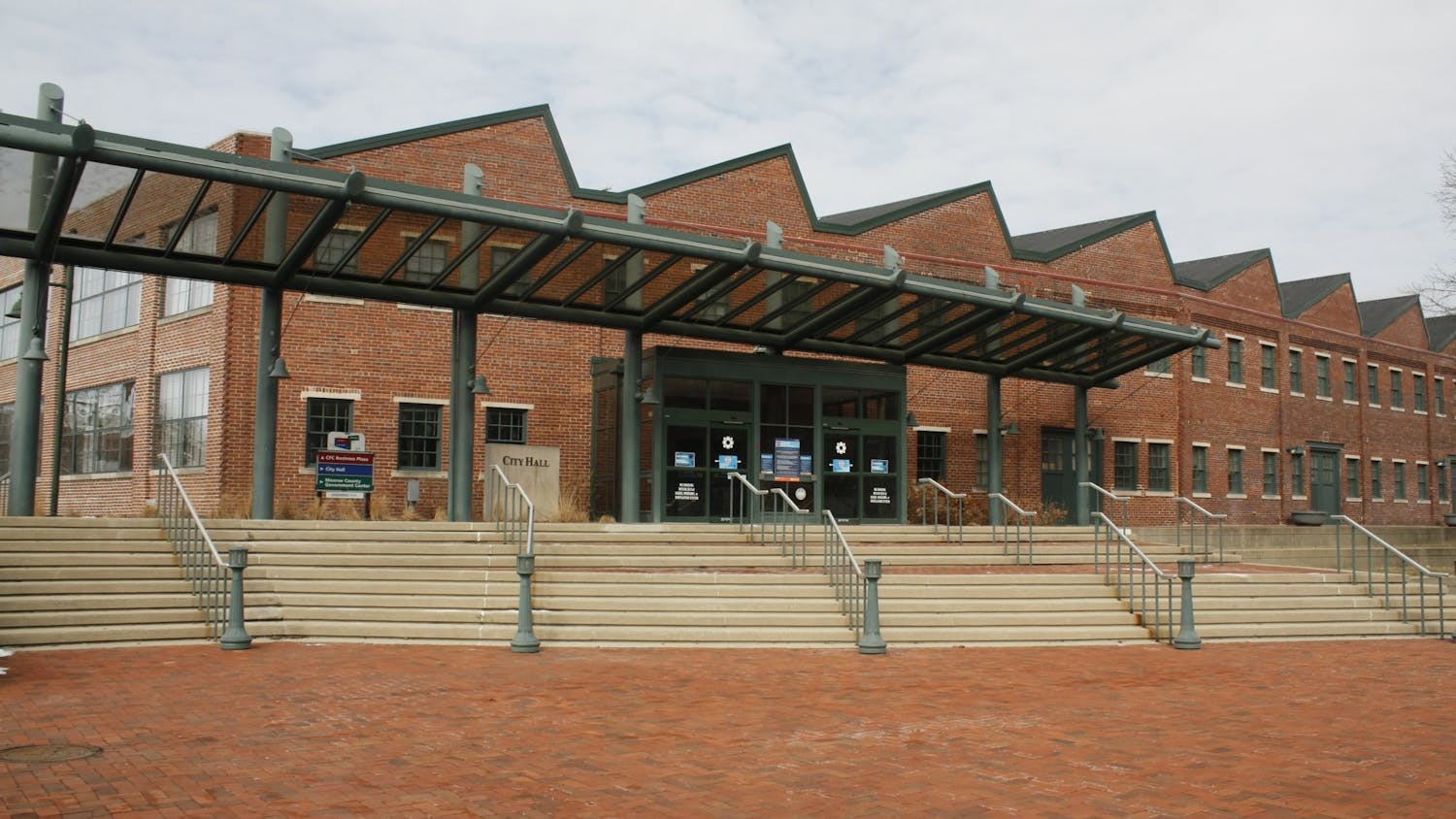Nan Brewer, Lucienne M. Glaubinger curator of works on paper, has organized many one-hour exhibitions during her last three years at the museum.
The subject of her latest lecture Friday was artist Jacques Villon.
“Jacques Villon is the father of modern printmaking,” Brewer said. “One of his famous quotes is, ‘I was the cubist impressionist and I believe I remain that.’ He was hard to label.”
Brewer said the objective of these short-lived exhibitions at their conception was to take advantage of the more than 6,000 works the museum cannot keep on the floor at all times.
“The goal is to showcase what’s in storage,” ?Brewer said.
Brewer said the museum has the privilege of having in its care 32 Villon original prints, acquired through donations and purchases following Villon’s death in 1963.
Roughly 20 of Villon’s prints were on display in the small room on the third floor of the museum. Brewer took patrons through Villon’s evolution as an artist, starting with his earlier works.
“To me, he seems very close to the impressionists,” Brewer said while examining one of his earliest pieces. “Bless his heart, he was destined to be a printmaker.”
Brewer told the quiet group about how Villon, a member of the famous Duchamp family, always felt the need to stand out from his younger siblings, all of whom were artists.
He legally changed his name from Emile Duchamp to Jacques Villon before beginning his career as an artist.
Brewer said Villon’s work was constantly in transition. Brewer showed the audience how his earlier works drew more from his family and nature where his later works focused on less tangible muses.
“Here, you’re losing the inspiration from nature,” Brewer said in reference to one of his cubist pieces. “Even his abstract works originally started from nature.”
Brewer also explained how certain periods of Villon’s life coincided with the style of printmaking he practiced.
“He was quiet, shy and devoted to his process,” Brewer said.
In reference to his transition to cubism, she added, “He loved the kind of order and system.”
Bloomington printmaker and Villon fan Jim Sampson attended the lecture and examined Villon’s work alongside Brewer and other patrons.
“It’s very strong,” Sampson said of the three earliest works of Villon’s cubist phase.
At the end of the lecture by Brewer, Sampson gave his own advice and experience with the art of printmaking for anyone willing to listen.
Thelma Davis, one of many community members present at the talk, said she enjoys these short exhibits and hopes people come out to them in the future.
Brewer said her greatest hope is a renewed interest in the works of Villon and similar artists, as printmaking is making a comeback in the art scene.
“Now that you know his name, keep your eyes open because you will be seeing more of him,” Brewer said.





